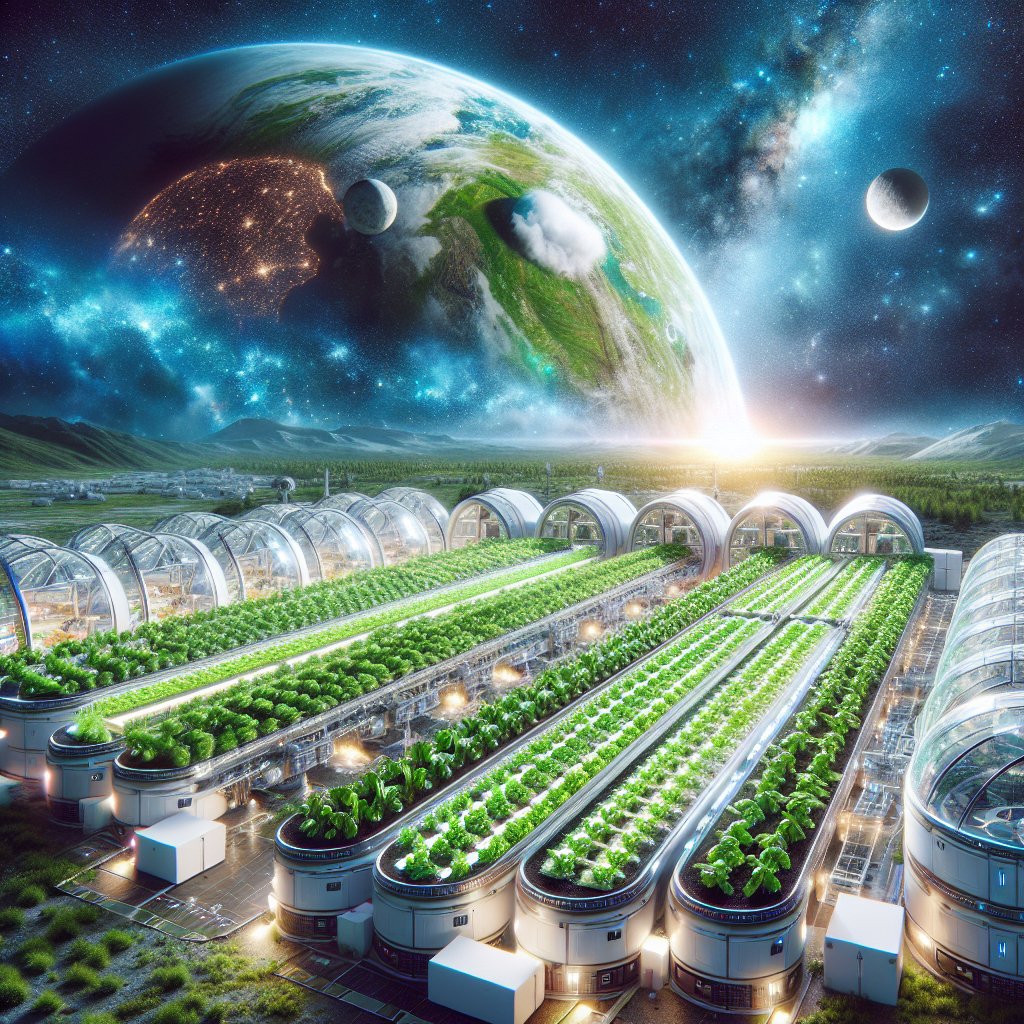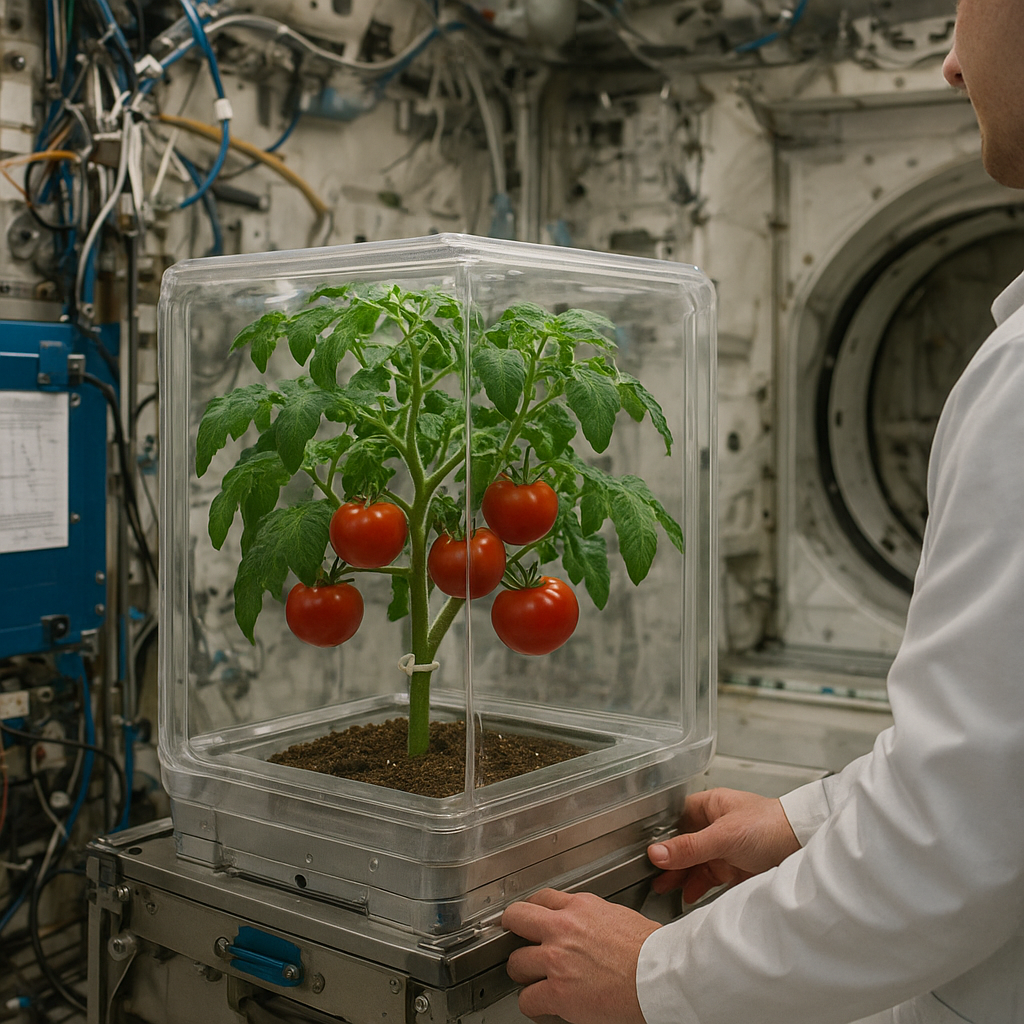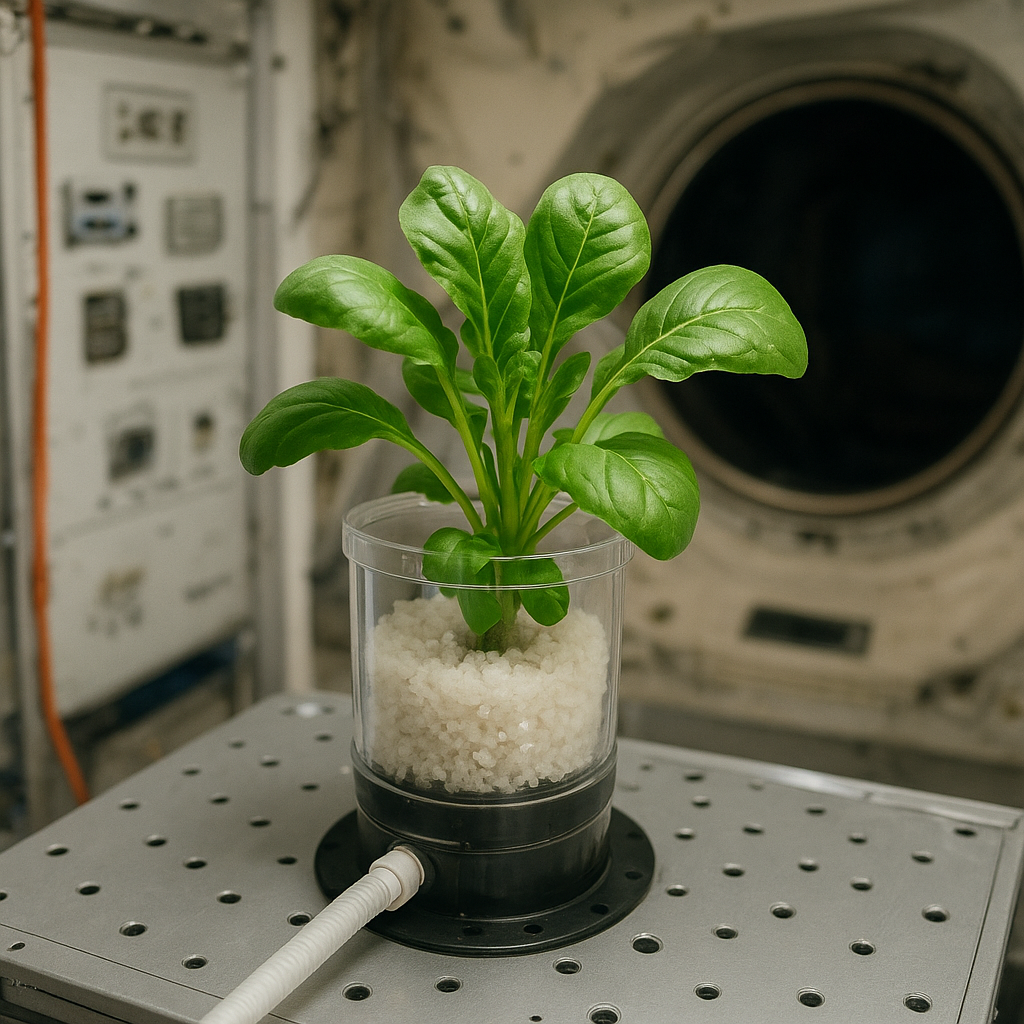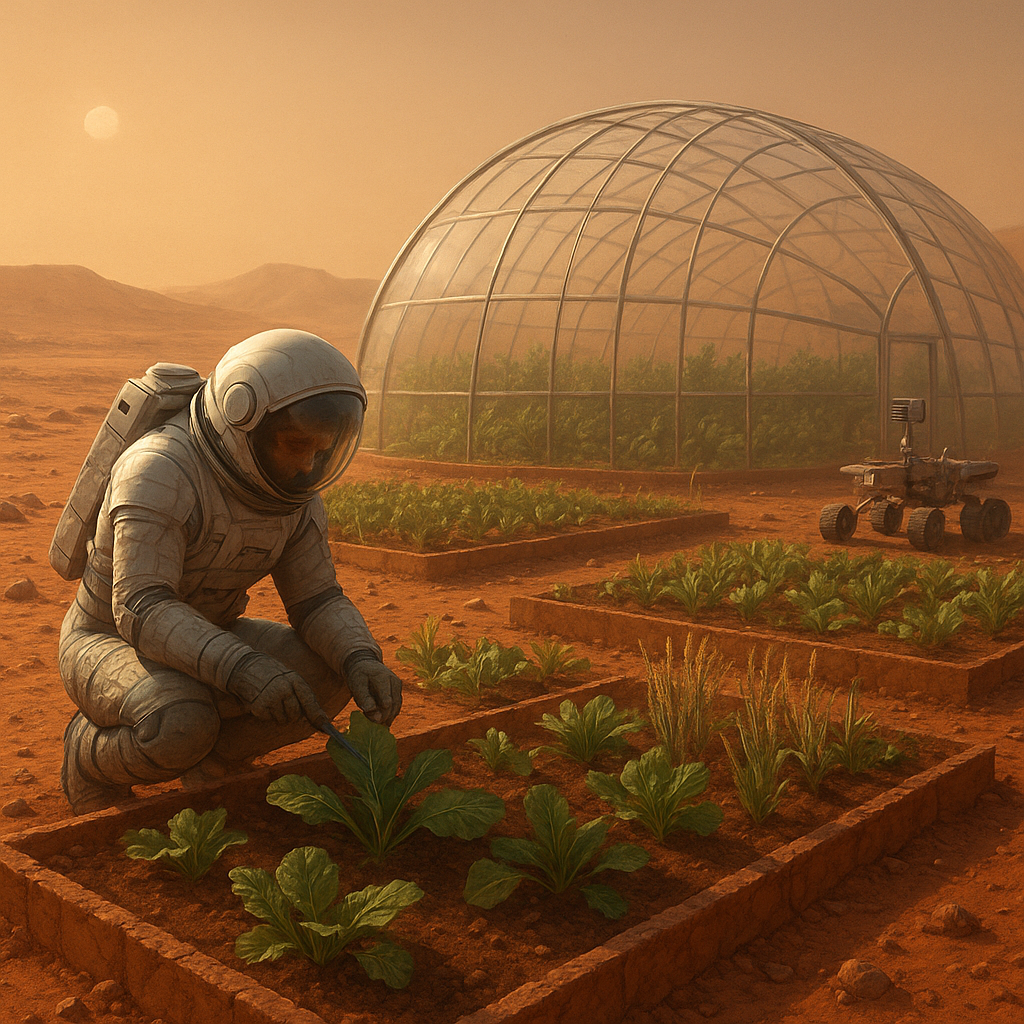The role of space farming in mitigating the impact of global population growth is becoming increasingly significant as we face the challenges of feeding a rapidly expanding population on Earth. With the global population projected to reach nearly 10 billion by 2050, innovative solutions are essential to ensure food security. Space farming, the practice of growing crops in extraterrestrial environments, offers a unique opportunity to explore sustainable agricultural practices that could not only support life beyond our planet but also provide insights and technologies that can be applied on Earth. This article delves into the potential of space farming, its technological advancements, and its implications for agriculture on our home planet.
Understanding Space Farming
Space farming refers to the cultivation of plants in controlled environments outside of Earth, such as on the Moon or Mars. This concept has gained traction as space agencies and private companies invest in long-term missions to explore and potentially colonize other celestial bodies. The idea is not merely to grow food for astronauts but also to develop agricultural systems that can sustain human life in space for extended periods. The challenges of space farming are immense, including limited resources, harsh environmental conditions, and the need for efficient life-support systems.
The Science Behind Space Farming
At the core of space farming is the understanding of how plants grow and thrive in different environments. In space, factors such as gravity, radiation, and atmospheric composition differ significantly from those on Earth. Researchers are exploring various methods to cultivate crops in microgravity, including hydroponics, aeroponics, and bioreactors. These methods allow for the growth of plants without soil, using nutrient-rich water or mist to deliver essential elements directly to the roots.
- Hydroponics: This method involves growing plants in a nutrient solution, allowing for precise control over the nutrients delivered to the plants. Hydroponics can be particularly beneficial in space, where water is a precious resource.
- Aeroponics: Similar to hydroponics, aeroponics uses a mist to deliver nutrients to the plants’ roots. This method requires even less water and can be more efficient in terms of space and resources.
- Bioreactors: These systems can be used to grow algae and other microorganisms that can serve as food or supplements for astronauts. They can also help recycle waste products into usable resources.
Research conducted on the International Space Station (ISS) has provided valuable insights into how plants respond to microgravity. Experiments have shown that certain crops, such as lettuce and radishes, can grow successfully in space, paving the way for future agricultural endeavors beyond Earth.
Technological Innovations in Space Farming
The development of space farming technologies is not only crucial for extraterrestrial agriculture but also has the potential to revolutionize farming practices on Earth. Innovations in controlled environment agriculture (CEA), robotics, and artificial intelligence (AI) are being driven by the challenges of space farming.
Controlled Environment Agriculture (CEA)
CEA involves creating optimal growing conditions for plants by controlling factors such as temperature, humidity, light, and nutrient levels. This technology is already being implemented in urban farming and vertical farms on Earth, allowing for year-round crop production regardless of external weather conditions. The lessons learned from space farming can enhance CEA practices, making them more efficient and sustainable.
Robotics and Automation
Robotic systems are being developed to assist with planting, monitoring, and harvesting crops in space. These technologies can reduce the labor required for farming in harsh environments and ensure that crops are tended to with precision. The use of drones and automated systems can also be applied to Earth-based agriculture, improving efficiency and reducing the need for manual labor.
Artificial Intelligence (AI) and Data Analytics
AI plays a crucial role in optimizing growing conditions and predicting crop yields. By analyzing data from sensors and environmental conditions, AI can help farmers make informed decisions about irrigation, fertilization, and pest control. The integration of AI in space farming can lead to the development of smart farming systems that can adapt to changing conditions, both in space and on Earth.
Implications for Earth Agriculture
The advancements in space farming have far-reaching implications for agriculture on Earth. As the global population continues to grow, the demand for food will increase, putting pressure on existing agricultural systems. Space farming technologies can provide solutions to some of the challenges faced by traditional farming methods.
Resource Efficiency
One of the most significant benefits of space farming technologies is their potential for resource efficiency. Techniques such as hydroponics and aeroponics use significantly less water than traditional soil-based farming. This is particularly important in regions facing water scarcity, where efficient water use can make a substantial difference in crop yields.
Urban Agriculture and Food Security
As urban populations grow, the need for local food production becomes increasingly important. Space farming technologies can be adapted for urban agriculture, allowing cities to produce food within their limits. Vertical farms and rooftop gardens can utilize CEA methods to grow fresh produce, reducing the carbon footprint associated with transporting food from rural areas.
Climate Resilience
Climate change poses a significant threat to global food security, with extreme weather events and changing growing conditions impacting crop production. The controlled environments created by space farming technologies can help mitigate these risks by providing stable conditions for plant growth. By adopting these practices, farmers can increase their resilience to climate-related challenges.
Conclusion
The exploration of space farming is not just about feeding astronauts on distant planets; it represents a frontier of agricultural innovation that can address the pressing challenges of food security on Earth. As we continue to develop technologies for growing crops in space, we also unlock new possibilities for sustainable agriculture back home. The lessons learned from space farming can lead to more efficient, resilient, and environmentally friendly farming practices, ultimately helping to mitigate the impact of global population growth. By investing in space agriculture, we are not only preparing for life beyond our planet but also ensuring a sustainable future for generations to come.




